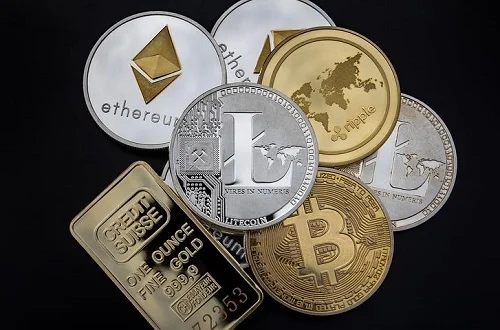Gold Hits Record Highs: How Long Can the Shine Last?
2nd October, 2025|Rodney Sullivan, executive director of the Mayo Center of Asset Management at the Darden School of Business (University of Virginia)

With gold recently reaching record highs in nearly five decades, Rodney Sullivan, executive director of the Mayo Center for Asset Management at UVA’s Darden School of Business, examines the reasons behind the surge, how long it might last and how investors should respond.
Gold is shining especially bright right now. The precious metal continues to set new price records, surging past $3,800 an ounce on Monday 29 September, for the first time. The price has climbed an impressive 45% this year, extending a strong run from last year.
2025 is shaping up to be gold’s best year since the 1979 melt-up, when an energy crisis triggered an inflationary shock that rattled the global economy — and it raises familiar questions: why is gold soaring, how long can the boom last, and how should prudent investors approach this traditionally volatile holding? Here are some answers.
Why is gold doing so well?
Gold has indeed experienced a strong surge, nearly doubling over the past two years, from $2,000 per ounce at the start of 2024 to nearly $4,000. Russia’s invasion of Ukraine in 2022 was a key initial catalyst. In response, the U.S. and its allies froze the international reserves of Russia’s central bank. That action prompted central banks of countries with autocratic governments to increase their gold purchases as a safeguard for their sovereign wealth.
More recently, President Donald Trump’s attempts to reshape America’s relationships with its key trading partners have unsettled governments, further fuelling the gold rally.
Likewise, President Trump’s pressure on the Federal Reserve to cut interest rates has undermined the Fed's independence — another bullish signal for gold, as investors turn to the precious metal as a hedge against potential inflation.
Additionally, China’s housing bubble has been bursting over the past few years, causing an adverse wealth effect on Chinese savers, who have been buying gold as an alternative safe-haven asset.
Finally, the rising standard of living in India has increased wealth, further boosting demand for the precious metal.
Can gold’s bull run continue?
As long as global central banks continue to increase their gold reserves, the bullish trend could persist. As of September, central banks collectively held about 27% of total global reserves in gold. For the first time since 1996, gold now accounts for a larger share of central banks’ reserves than Treasuries, making it the second-largest global reserve asset after the U.S. dollar.
Should a prudent, diversified investor consider owning gold?
Although gold has been used for thousands of years as a unit of exchange and a store of value, most investor portfolios hold a mix of only stocks and bonds. Research shows that a modest allocation to gold can strengthen a portfolio by adding diversification. This is because gold typically provides positive returns during periods of financial turmoil, when riskier assets such as stocks decline, and during inflationary periods, when safer assets like nominal bonds typically suffer. Therefore, gold may help cushion portfolios during times of heightened economic and market uncertainty, as seen in recent years.
Is gold a volatile holding traditionally?
Gold is indeed a volatile asset class, experiencing roughly the same volatility as stocks historically. It’s also worth noting that gold does not generate cash flows like stocks and bonds, and gold’s real returns — that is, adjusted for inflation — over centuries have been close to zero. So, yes — gold is volatile and doesn’t compound over the long term in the same way that stocks and bonds do.
How should investors approach gold during a rally?
After such a strong run, investors might be cautious about buying gold. Nevertheless, given today’s geopolitical and economic uncertainties, a small allocation to an investment portfolio could be prudent. Even a modest portion of gold, just a few per cent — combined with the relative safety of U.S. Treasury bonds (both nominal and inflation-protected, like Treasury Inflation-Protected Securities or TIPS)— may help diversify and safeguard an overall portfolio during market turmoil.


